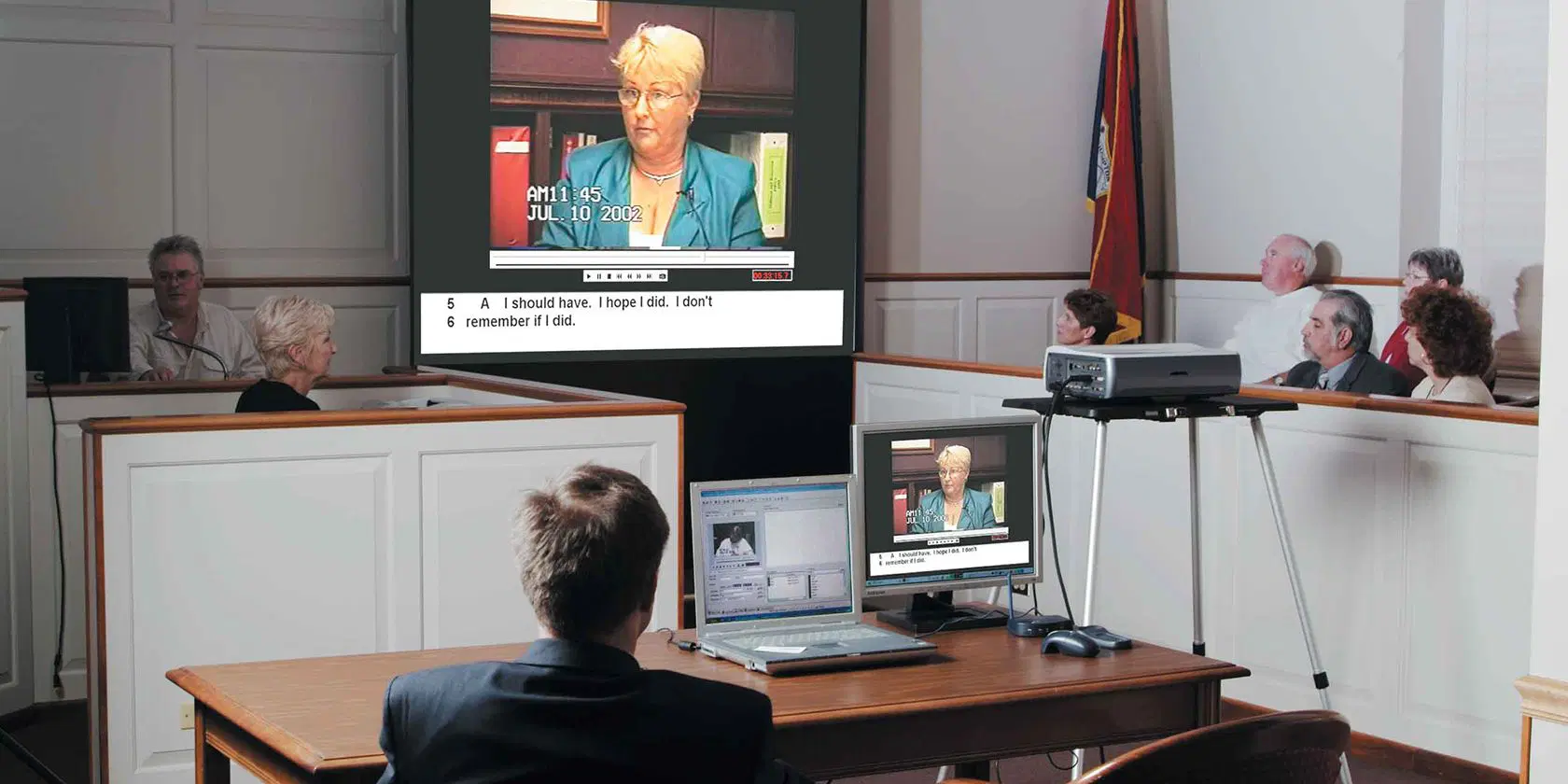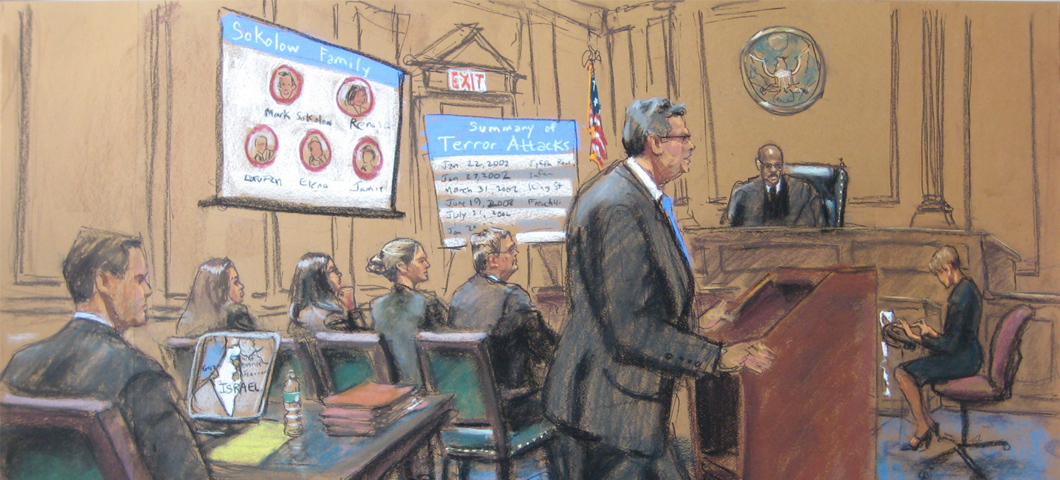Trial Presentation Professional Services to Enhance Litigation and Case Success
Trial Presentation Professional Services to Enhance Litigation and Case Success
Blog Article
Captivate the Court: Essential Components of a Powerful Test Presentation
Important components such as understanding the target market, crafting an engaging narrative, and understanding verbal and non-verbal communication are vital elements of a reliable presentation. As these elements link, they form a cohesive approach that not only notifies however likewise engages jurors on several degrees.

Understanding Your Target Market
Comprehending your target market is a pivotal aspect of efficient trial discussion. An effective discussion rests on the ability to understand the demographics, values, and tendencies of jurors. This understanding informs exactly how disagreements are mounted, evidence exists, and psychological allures are crafted, making certain that the message resonates with the jurors on a personal level.
Research indicates that jurors come from varied histories and might have varying levels of understanding relating to lawful procedures. Additionally, understanding the jurors' possible predispositions and life experiences enables the trial presenter to anticipate arguments and address worries proactively.
Efficient test discussion likewise entails observing jurors' reactions throughout the proceedings. Involving with jurors as individuals instead than a collective system is necessary in cultivating a strong link in the courtroom.

Crafting an Engaging Narrative
Crafting an engaging story is necessary in leading jurors through the complexities of a case. A well-structured narrative not only streamlines intricate lawful principles yet likewise involves jurors on an emotional level, making the info much more relatable and remarkable.
This message should resonate with the jurors' worths and experiences, fostering a connection that goes beyond simple realities. This chronological method can assist jurors adhere to the progression of events, emphasizing reason and result.
Incorporating human aspects-- such as individual tales or anecdotes-- can additionally boost the narrative's impact. These components stimulate empathy, enabling jurors to envision the consequences of the case on realities. In addition, utilizing a constant motif throughout the discussion reinforces the main argument, making it much easier for jurors to preserve important points.
Ultimately, a compelling narrative transforms a trial presentation from a mere recounting of facts right into a convincing tale that captivates the jury, encouraging them to deliberate with both reason and emotion.
Using Visual Help
Incorporating visual help right into a trial discussion can substantially improve jurors' comprehension and retention of information. Aesthetic products such as charts, diagrams, photos, and video clips can transform complex lawful ideas and evidence right into conveniently digestible styles. By engaging multiple detects, these help allow jurors to visualize the instance's vital aspects, making it less complicated for them to follow along and realize complex details.
Moreover, properly designed visual help can highlight crucial points and highlight relationships in between different items of evidence. Timelines can properly show the series of events, while annotated photos can clear up certain details pertinent to the situation. This not just aids in understanding but additionally strengthens the story provided by the lawyer.
It is vital, however, to make sure that visual help matter, clear, and professionally provided. Extremely complicated or chaotic visuals may bewilder jurors and interfere with the message. When used judiciously, visual aids serve to enhance the oral arguments and enhance the overall influence of the trial discussion. Eventually, reliable visual interaction can be a powerful tool in convincing jurors and aiding them reach informed final thoughts.
Grasping Verbal Interaction
Effective spoken interaction is essential in a trial presentation, as it serves as the main ways via which attorneys convey their disagreements and attach with jurors. Grasping this ability entails clearness, persuasion, and involvement. Lawyers have to articulate their factors plainly and briefly, preventing lawful lingo that might perplex jurors. Simpleness in language cultivates understanding and aids jurors realize intricate concerns offered during the trial.
Furthermore, tone and pacing substantially impact how messages are obtained. A positive tone communicates visit this website authority, while proper pacing enables jurors to absorb information without feeling bewildered. Lawyers ought to additionally vary their vocal inflections to stress crucial points and maintain jurors' passion throughout the discussion.
Additionally, the company of verbal disagreements is crucial. Structuring the narrative practically and coherently assists jurors follow the lawyer's line of thinking, making it easier for them to maintain vital information. Utilizing convincing techniques, such as narration, can also improve the emotional vibration of the disagreements provided, therefore producing an extra profound link with jurors.
Ultimately, grasping spoken communication not only strengthens an attorney's instance but additionally fosters depend on and rapport with the court, substantially enhancing the opportunities of a beneficial judgment.

Engaging With Body Movement
Nonverbal communication plays a crucial function in trial discussions, frequently conveying messages that words alone can not share. Body movement, encompassing motions, posture, face expressions, and eye call, substantially affects how jurors regard the integrity and sincerity of the speaker. A confident position, with shoulders back and an open position, can infuse count on, while closed-off body movement may recommend defensiveness Extra resources or unpredictability.

Faces must reflect the feelings associated with the situation, enhancing the narrative existing. For circumstances, a genuine expression Discover More Here during an emotional moment can generate compassion and strengthen the psychological appeal. Ultimately, grasping body movement is necessary for effective trial discussions, as it enhances spoken interaction and establishes a compelling visibility that reverberates with the jury.
Final Thought
To conclude, captivating the court requires a strategic technique that incorporates understanding the audience, crafting an engaging story, utilizing visual aids, understanding spoken interaction, and involving with body language. Each element plays an important duty in developing a powerful trial presentation that resonates with jurors on both emotional and intellectual levels (trial presentation). By incorporating these components effectively, lawful specialists can substantially boost their capacity to persuade and influence jury decision-making
Report this page